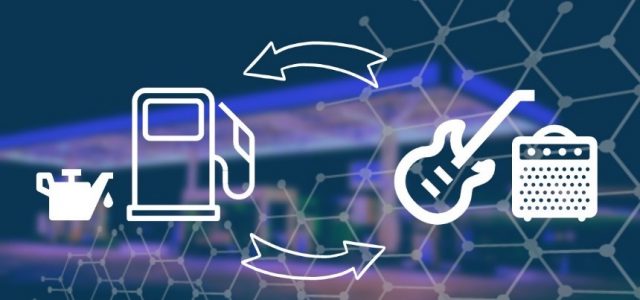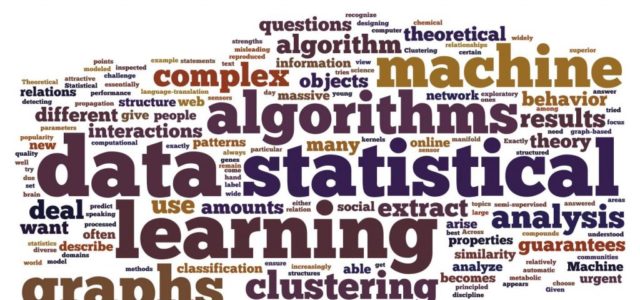A POST-COVID world seems to be fast approaching, fingers crossed. That opens up a set of economic circumstances that none of us have faced before. An economy that went into semi-retirement for a year and will be operating at less than full tilt for a further year as vaccines are rolled out across the globe. We think the transformation sprint approach, and in particular the concept of a Lighthouse Project could help bring some semblance of order and familiar progress to what is otherwise going to be chaotic and painful.
The extent of economic damage
The IMF already estimates global production losses at over $28 trillion with another year of disruption to come. Banks that we have spoken to are now stress-testing their finances for a third and fourth wave. The third wave may arrive as soon as January with some respite around Easter and the potential for one more dive in the autumn of 2021.
The problem here is none of us know what kind of condition the economy will be in during 2021. There is talk of a K-shape recovery where cash rich digital companies recover quickly while all kinds of smaller local businesses in urban areas, and larger businesses engaged in gatherings of people, struggle to survive. The Knock-on effects of local business failures could be on a scale that deprives local authorities of much needed revenues, as national governments reel from their COVID support spending.
None of that presents an appetising situation and the best that can be said is we cracked the code on the vaccine very, very quickly. So what to do?
Transformation Sprints and Lighthouse Projects
We have made the case in various articles now, and in our book Transformation Sprint, that transformations are all too often planned using traditional planning techniques. The result is they take a long time to get slated and they run into problems, because they are conceived of in a non-agile way.
The idea of the transformation sprint is to bring agile techniques to the planning and design phase, i.e. to make it time-boxed and quick. A critical component of the sprint, in fact its outcome, is the outline design of a lighthouse project.
So what is a Lighthouse project? It is distinct from all the project types we are accustomed to discussing. It is not an MVP or minimal viable product. The purpose of an MVP is to design a product to a stage where potential customers can express a view about it and then to iterate forward.
It is not a prototype. In fact, a prototype is not substantially different from an MVP. Arguably they are the same.
But nor is it a pilot either. A pilot is a project design that aims to prove that a product or service works in situ, i.e. that it works in its context. That is to say, it takes us beyond a prototype and proves the concept in practice. It is like a proof of concept but one step beyond that.
The Lighthouse Project is designed to do four things:
- It is designed to have a structural impact
- It is designed to do that through new ways to work
- The design delivers value quickly and often
- And the experience is a learning environment for management and teams.
An example of a Lighthouse Project
Imagine company A has migrated some of its infrastructure and applications to the Cloud. Cloud is a major part of the company’s digital transformation. However, for the most part it has replicated the apps and work processes from its original on-premise infrastructure. This is a very common, safety-first strategy. It has made a transition of sorts, but it is so hedged that the transformation is not going to work in its favour.
What it means is that time and money have been wasted, unless somebody can prove the economic and innovation benefit of a new environment. The transformation is still born unless a new economic benefit emerges.
In this instance, a Director decides to run a Lighthouse project around data. In the current state, data teams are under-equipped. Commissioning new servers at any kind of scale requires a written justification, senior-level approval and then a four month procurement process. But data teams need constantly to be drawing on more computing power as they learn more about their models. The learning process itself begets the need for more power.
In this lighthouse project, the Director puts a team of eight people into a room and cuts them off from the normal push and tug of corporate life. He tells them they have an opportunity to prove the worth of data science but they have to do it quickly. And all that they need, in terms of personnel, is in the room. Data scientists, developers, and a manager/coach.
Under normal circumstances this team is accustomed to its data runs taking about 24 hours. That process goes: hypothesise, model, iterate from intuition, run the data. 24 hours later the results give some clues as to the model’s suitability and robustness but inevitably it leads to another round of hypothesising etc.
Now, they are suddenly able to switch on new computer power at four minutes notice. Instead of sequential data runs, they decide to run data models in parallel, four at a time instead of one after another. Within six weeks they have earned their company an additional £30 million and in two months they have learned more about modelling than they did the previous year.
Why is this a lighthouse project?
- It has a structural impact. By proving the upside of Cloud it reinforces the case for using Cloud for developing new forms of business. What’s more, it has made the case for data modelling becoming a profitable part of the emerging operating model.
- It has delivered value very quickly and in a public way, as the team does weekly standups for managers.
- It is done using new work methods, using a holistic team that is autonomous and has its own charter.
- Not only the team has learned. They have been able to demonstrate that a new way to work is suitable for the firn in general. It becomes its own lab for new ways to work.
Conclusion
Companies, policy makers, local authorities and many smaller businesses are going to need to make changes very quickly as of 2021.
The days of doing this in big transformation programs are over. There will not be the luxury of time or budget. In place of old methods, we need to go agile. Transformation sprints are the answer and the lighthouse is going to show the way.
Article by channel:
Everything you need to know about Digital Transformation
The best articles, news and events direct to your inbox
Read more articles tagged: Business Model, Operating Model






